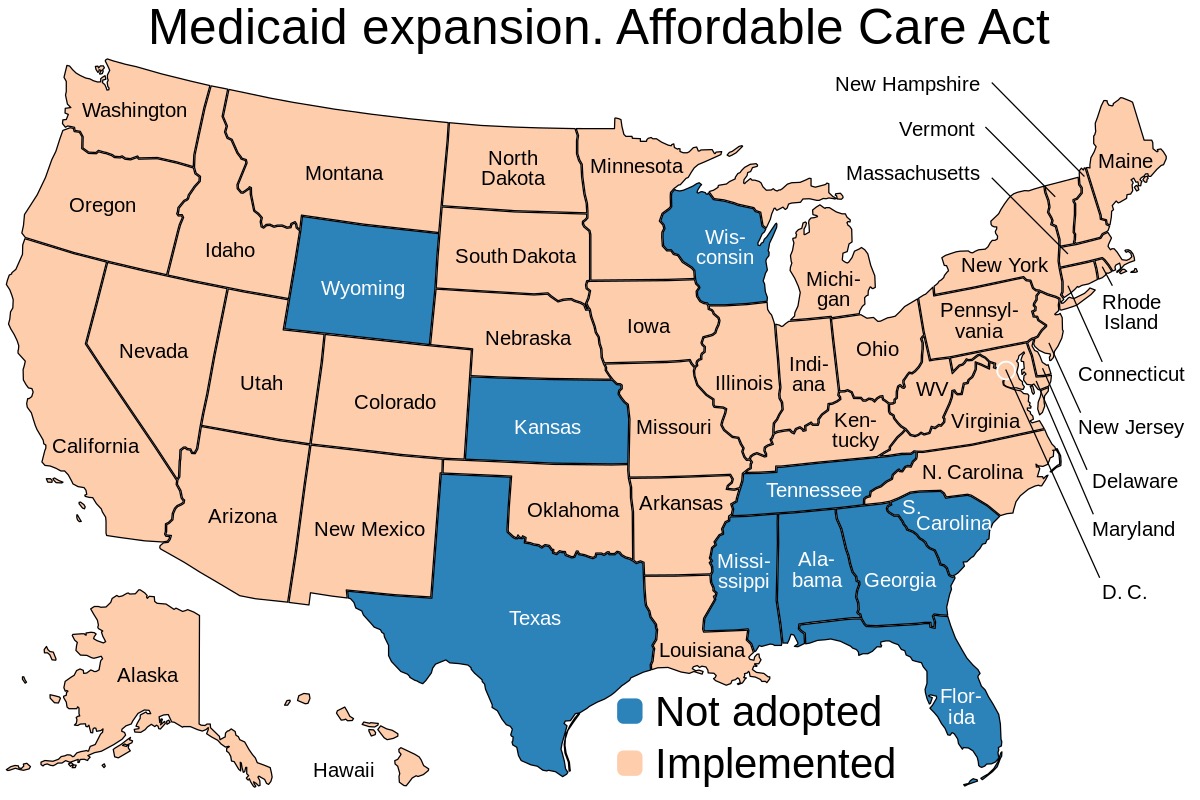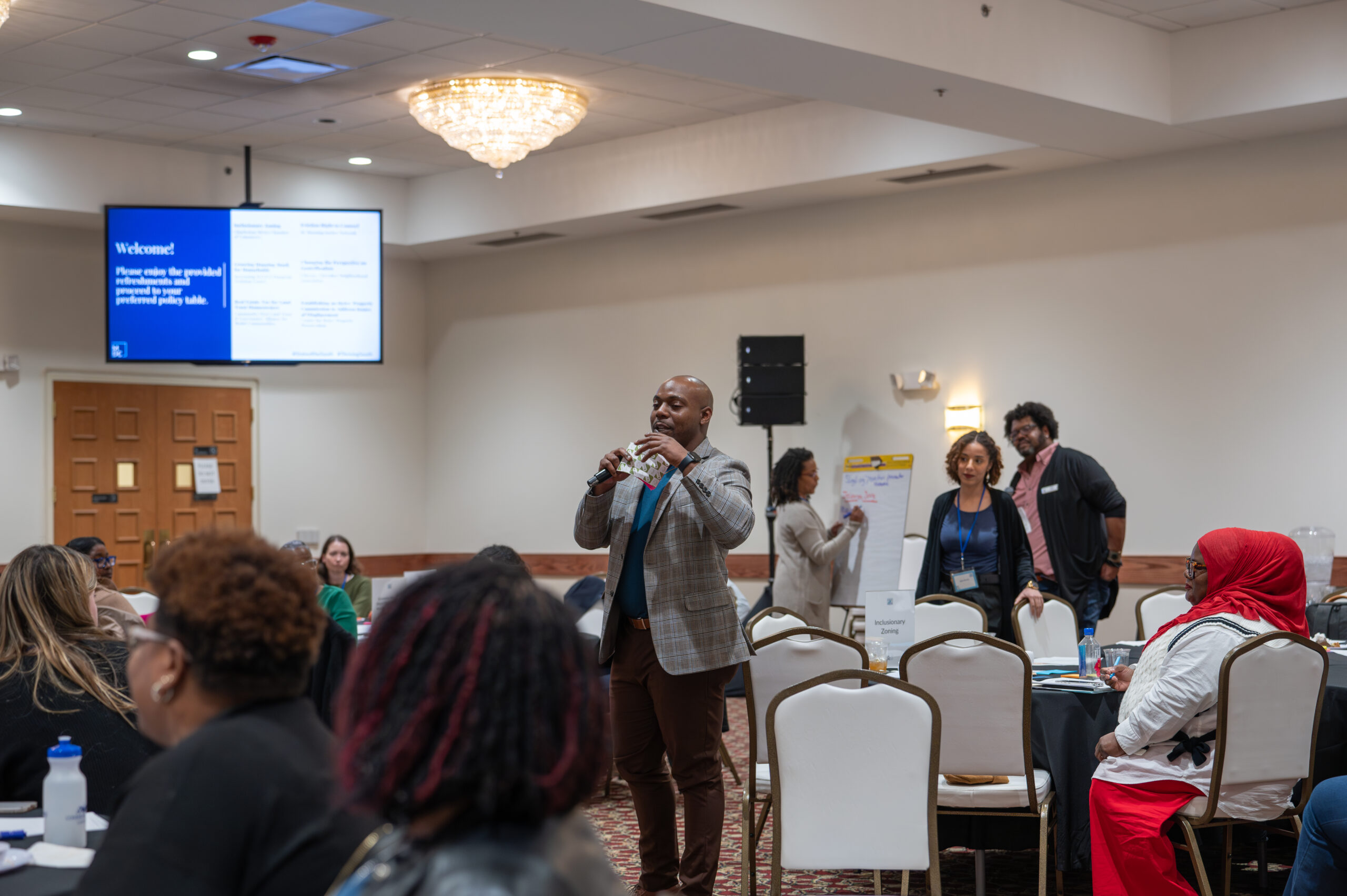Structural Lens: Racial Equity Backmap
Jan 25, 2019
The Power of Creating a Racial Equity Backmap
The Complexity of Racial Inequities Requires It. Racial groups share universal aspirations (e.g., college graduation, optimal health, adequate housing, personal safety). But the means for achieving or guaranteeing these aspirations are likely to vary because of existing inequities in how groups are positioned in the U.S. The factors that produce any given inequity or disparity are complex, interactive, and reinforcing of one another. This is how structural racism operates. That is why the Race Matters Institute of JustPartners, Inc., includes as one of its core building blocks for racial equity work the systematic application of a structural lens. We have a tool to encourage that.
The Race Matters tool “What’s Race Got to Do With It?” helps users sort through the drivers of any given inequity by creating a “backmap” that visualizes these and their interactions. A backmap begins with the identification of a racial disparity on a specific indicator (e.g., staff retention rate, program participation, health status, unemployment). From this, the user draws upon three key sources of information to identify drivers of inequity on the indicator. The key informational sources include available race-informed research, the vantage points of those most affected by the issue, and practitioner perspectives. These sources are called upon to answer the questions that comprise the tool:
- For data that show disparities across racial/ethnic groups, what are the likely causes of the disparities?
- Given the causes you’ve identified, what in turn causes them? (You can repeat this question so long as the drivers being identified remain actionable.)
- Double check the discussion so far: Have we gone beyond identifying lack of diversity as a driver? (If not, do so.) Have we identified structural drivers for anything that appears to identify individual drivers? (If not, do so.)
- What does the foregoing discussion suggest for possible policy and practice interventions to reduce racial disparities? What does it suggest for any alliances needed to impact change?
The discussion produced by the tool is “back-mapped” to create a visual narrative that, at its simplest, looks like the diagram below.
The Tool is Powerful and Versatile. Here are some ways that Race Matters Institute clients use the tool in their work:
- Map overall strategies for change on given indicators
- Develop narratives about funding strategies around specific disparities
- Identify strategic leverage/intervention points and be realistic about how much change to expect from any given intervention point
- Move to more investments in root causes and advocacy agendas
- Determine what allies are needed to create collective impact because their work focuses on co-existing factors
- Identify factors that can improve operations, such as staff recruitment to advance diversity
- Investigate the particular racialized histories of their community and/or their state
While the initial work to create a back-map can be intensive, the result has staying power as a fundamental blueprint for long-term efforts to advance racial equity.
Preferred citation: The Power of Creating a Racial Equity Backmap, Race Matters Institute of JustPartners, Inc., ©2019.









